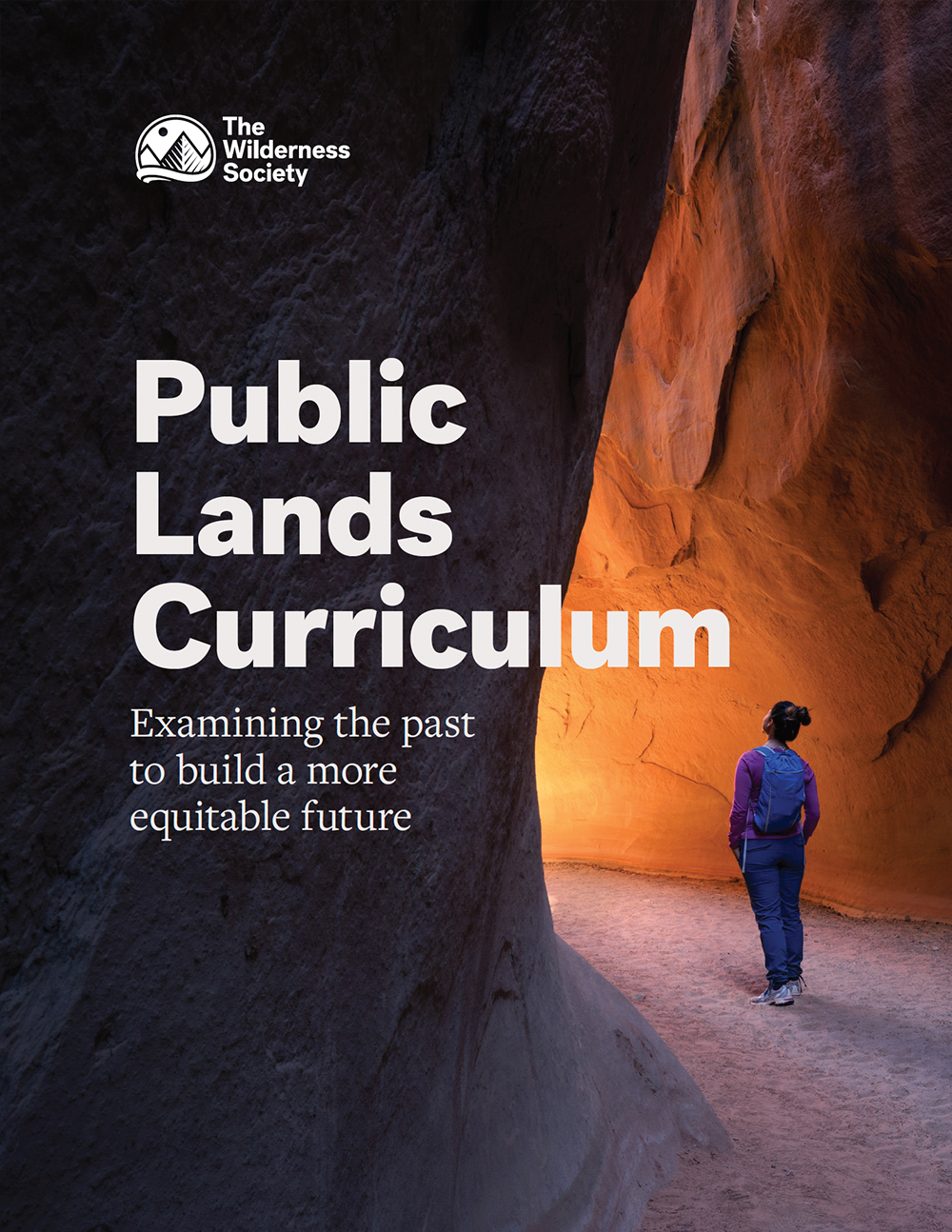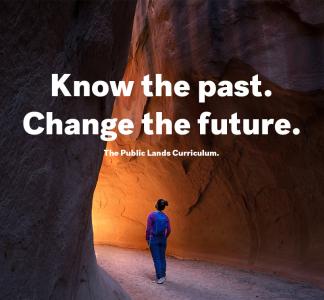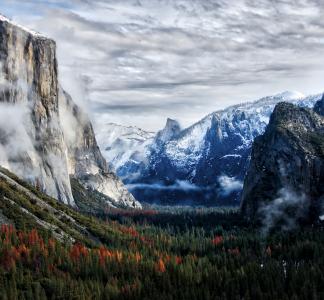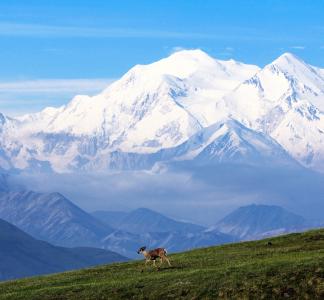Public Lands Curriculum
If you have not already done so, please register here before you access the Public Lands Curriculum.
The Public Lands Curriculum is an educational resource that aims to tell a more authentic and complete story of public lands. When sharing public lands' history, we must be intersectional, holistic, complete, and accurate—only by knowing our past can we change our future.
Module-by-module breakdown
The contents have been broken down by module for convenience:
Module 1 - What do we mean by "public lands"?
Main Takeaways:
- Federal public lands are for everyone.
- Federal public lands are managed under many different departments within the federal government.
- Lands can be under different designations and managed according to different goals and objectives.
Download: Full module・ Reading・ Lesson plans ・ Teaching materials
Module 2 - How did public lands come to be?
Main Takeaways:
- Federal public lands in the United States were created within the context of complex social and historical movements and mindsets.
- A more complete understanding of public lands requires acknowledgement of the people and cultures who have been negatively affected throughout the complex history of public lands
Download: Full module ・ Reading ・ Lesson plans・ Teaching materials
Module 3 - Connections to land and water
Main Takeaways:
- While many of their stories have often been buried and ignored, Black, Indigenous, and People of Color have connections to the land, and all play an important role in conservation.
- By sharing stories, we can deepen our understanding of how history plays a role in the many ways that people connect to public lands and waters.
Download: Full module・ Reading ・ Lesson plans ・ Teaching materials
New!
Module 4 - Climate change, biodiversity and public lands
Main Takeaways:
- Human activities over the past ~150 years are driving the rise of global temperatures, which in
turn, negatively impact the planet’s ecosystems and biodiversity. - We know from a variety of sources — Indigenous knowledge, scientific and agricultural data, as well as our current lived experiences — both climate change and biodiversity loss are happening.
- Public lands offer a variety of solutions to the climate change and biodiversity crises, because with proper land management, public lands can simultaneously address the inequitable impacts, biodiversity loss, and climate change mitigation.
Download: Full module ・ Reading ・ Lesson plans ・ Teaching materials
Module 5 - Current issues in public lands management
Main Takeaway:
- Public lands and waters offer many ecological, social, cultural, and economic benefits.
- Every type of use of public lands provides benefits and also has impacts on the land and other users.
- Land managers must balance legal requirements and the varying interests of public lands user groups when making land management decisions.
Download: Full Module ・ Reading ・ Lesson plans ・ Teaching materials
Module 6 - What can you do for public lands?
Main Takeaway:
- Everyone can advocate for the protection of public lands.
Download: Full Module ・ Reading ・ Lesson plans ・ Teaching materials




